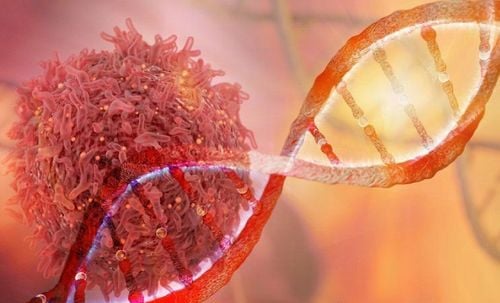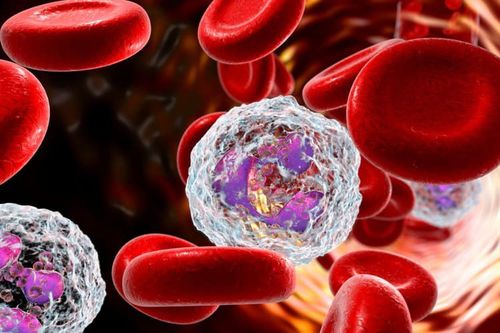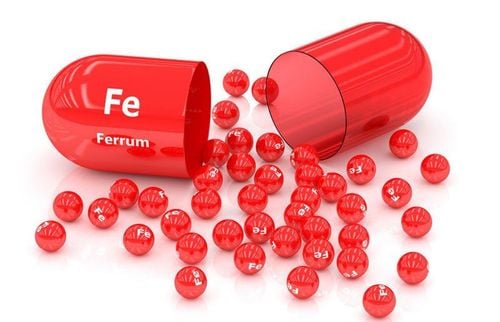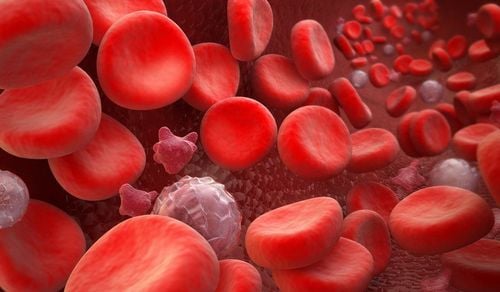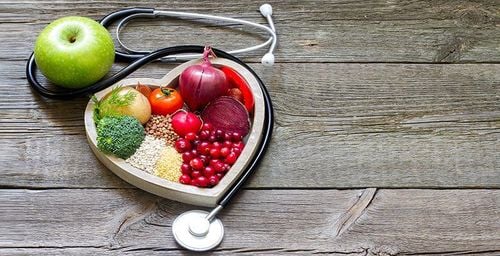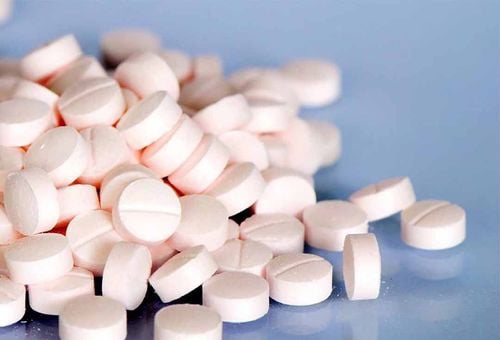This is an automatically translated article.
The article was professionally consulted by MSc Vu Tan Phuc - Department of Medical Examination & Internal Medicine, Vinmec Phu Quoc International General Hospital.Blood is not an internal organ, but a mobile organ that is extremely important to humans. So what are the components of blood and what is the specific role of blood, let's find out in the article below.
1. The concept of blood
Blood is a cellular organelle in the body that exists as a liquid tissue, circulating throughout the body through arteries and veins.
Trắc nghiệm: Bận rộn có ảnh hưởng đến sức khỏe của bạn không?
Cuộc sống hiện đại khiến chúng ta vì quá bận rộn mà quên chăm sóc sức khỏe cho chính mình. Ai cũng biết rằng lịch trình làm việc cả ngày có thể khiến bạn kiệt sức, nhưng cụ thể bận rộn ảnh hưởng thế nào tới sức khỏe? Hãy cùng làm thử bài trắc nghiệm dưới đây.
2. How much blood is in the body of a normal person?
The amount of blood in the human body is relatively stable and depends on factors such as age, gender, weight... The amount of blood is proportional to body weight, each person has an average of 70-80ml of blood/kg weight. Thanks to the regulation mechanism between the blood generated in the bone marrow and the blood lost every day, the blood volume is relatively stable. However, if a large amount of blood is lost or the hematopoietic function of the bone marrow is disturbed, the amount of blood in the body will be unstable.Body activities such as when you lose a lot of sweat or water, the blood will be concentrated and the blood volume may decrease. Besides, the amount of blood in the body will be changed due to medical conditions such as anemia due to blood loss, bone marrow failure.... If more than 1/3 of the total blood volume is lost, the body will have dysfunction of the blood vessels. multiple organs, which can cause shock or even death.
3. Blood components and their roles
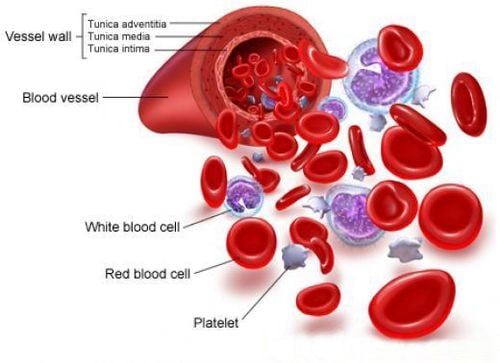
Blood consists of two main parts: Blood cells and plasma.
In blood cells include: Red blood cells: Occupy the most number, contain hemoglobin (the substance that gives blood its red color). The job of red blood cells is to transport oxygen (O2) from the lungs to the tissues and receive carbon dioxide (CO2) from the tissues back to the lungs for elimination. The average life cycle of red blood cells is 120 days; Old red blood cells will be destroyed in the spleen and liver. The bone marrow will be responsible for creating new red blood cells to replace and maintain the lost red blood cells in the body. White blood cells: have the function of protecting the body by detecting and destroying the "factors" of disease. There are different types of white blood cells with a life cycle from a week to several months. ie "eating" strange "factors", some of which do the task of "remembering" so that the next time this foreign "factor" invades, it will be detected and the body will quickly produce a large number of white blood cells. destroy them.There are also white blood cells that secrete antibodies that circulate in the blood to protect the body... White blood cells are also born in the bone marrow like red blood cells.Not only circulating mainly in the blood, there is a a fairly large number of white blood cells that reside in the body's tissues for protection. Platelets : Very small pieces of cells that aid in the hemostatic function by forming blood clots that seal wounds in the vessel walls. In addition, platelets also make the vessel walls soft and supple thanks to the function of platelets to "rejuvenate" endothelial cells. The life cycle of platelets is about 7-10 days. Just like red blood cells and white blood cells, the bone marrow is where platelets are made. Plasma : This part of the solution, is yellow in color, the composition is mainly water; In addition, there are other ingredients such as: Protein, fat, sugar, vitamins, mineral salts, enzymes... Plasma changes frequently according to physiological status in the body, for example, after a meal, blood plasma is colored. cloudy and becomes clear, lemon yellow a few hours after eating. If the blood unit has "turbid" plasma, it will not be used because it can cause shock and allergy to the patient.
4. The role of blood
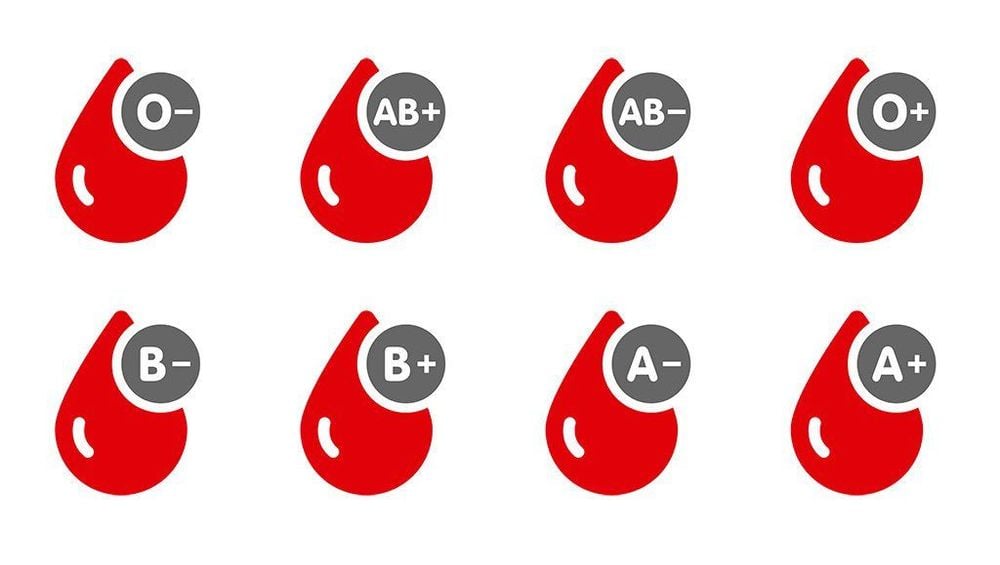
Blood accounts for 1/3 of the human body and plays an extremely important role:
Helps regulate circulation, maintain blood pressure. Plays the role of providing oxygen to all organs to produce energy for the entire body. Helps eliminate CO2 through the lungs, excretes water - waste through urine, transports substances to the liver to synthesize new substances and detoxifies, excreted through sweat, destroys old cells through the spleen and organizes luck. hammock. Do the task of providing materials for body building. Protect the body against infection by specific and non-specific immune mechanisms. Hemostasis by coagulation mechanism.
Please dial HOTLINE for more information or register for an appointment HERE. Download MyVinmec app to make appointments faster and to manage your bookings easily.
Compiled from the source: National Institute of Hematology and Blood Transfusion




